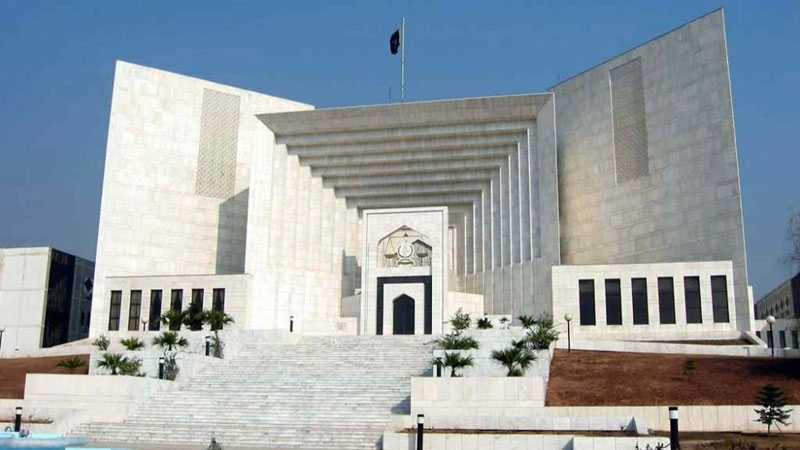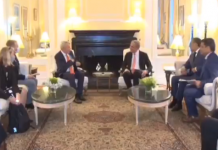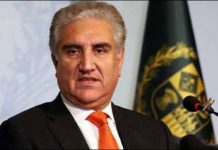
In his arguments against the acquittal of four convicts by the Sindh High Court (SHC) in the murder case before a three-judge bench headed by Justice Mushir Alam on Wednesday, counsel Faisal Siddiqui said the crimes which are the subject matter of these present petitions have to be understood within the context of the fact that the mastermind of these crimes, Ahmed Omar Sheikh, was an international terrorist, who was also involved in other kidnappings for ransom incidents.
“These facts find support both from a judgement of the Indian Supreme Court, as well as the defence’s own evidence. Therefore, this context of international terrorism is crucial in adjudicating these present petitions,” said Siddiqui.
Siddiqui maintained that the case could be divided into three broad categories and in three time periods; pre-abduction for ransom period, abduction for ransom period and murder period.
“Three substantive offences i.e. conspiracy, abduction for ransom and murder. Each of these offences are independent as well as inter-dependent of each other and have to be proved in themselves. Each offence has to be proved independently and the evidence in relation to each of the offences differs both in strength and in volume and as a consequence, the occurrence and proof of each of these offences is to be decided separately,” the counsel noted.
He further added that there are three sets of accused i.e. Ahmed Omar Sheikh, Fahad Naseem, Salman Saqib and Sheikh Adil.
The counsel went on to say that the evidence relied upon in these petitions is not simple circumstantial evidence, but is based on direct evidence – particularly judicial confessions. “The evidence relied upon is oral, documentary, forensic and judicial confessions.”
Furthermore, Siddiqui underscored that the SHC verdict be set aside because it is based on a gross misreading of the evidence, disregarding of critical evidence and facts, and a misinterpretation of the law, resulting in findings which are artificial and shocking.
He said that the post mortem report of the slain journalist identified his age, height and dress. The post mortem report came during the trial, perhaps it was not made the part of the verdict, because the trial was in its final phase, the counsel stated.
“If the state or the complainant had requested to make the post mortem report a part of the trial,” the bench questioned. “How it was revealed that the body of Daniel Pearl was buried at that place,” Justice Sardar Tariq asked.
“An application should have been submitted with subsequent necessary steps,” Justice Tariq further remarked.
“The high court should have exercised its authority if important evidence was left out of the record,” Siddiqui argued. “The body was not identified till the trial court gave its verdict,” he further said.
“Post mortem report was not part of the challan, then the challan should have been filed again,” Justice Sardar Tariq remarked.
“Now what will you plead to the Supreme Court,”Justice Yahya Afridi asked the counsel.
The counsel replied that the matter can be sent to the trial court or the high court again. He added that the Supreme Court on its own can review the evidence, as it does not require a complete trial.
The complainant didn’t record her statement, in any way it is the prosecution to set the sequence of the evidence, Justice Tariq remarked. “I have completed my arguments up to the dead body. From tomorrow I will separately discuss the role of each accused,” the counsel said. The bench adjourned further hearing of the case till Thursday (today). The 38-year-old South Asia bureau chief of The Wall Street Journal, Daniel Pearl, was researching a story on religious extremists, in January 2002 in Karachi when he was abducted and killed.














